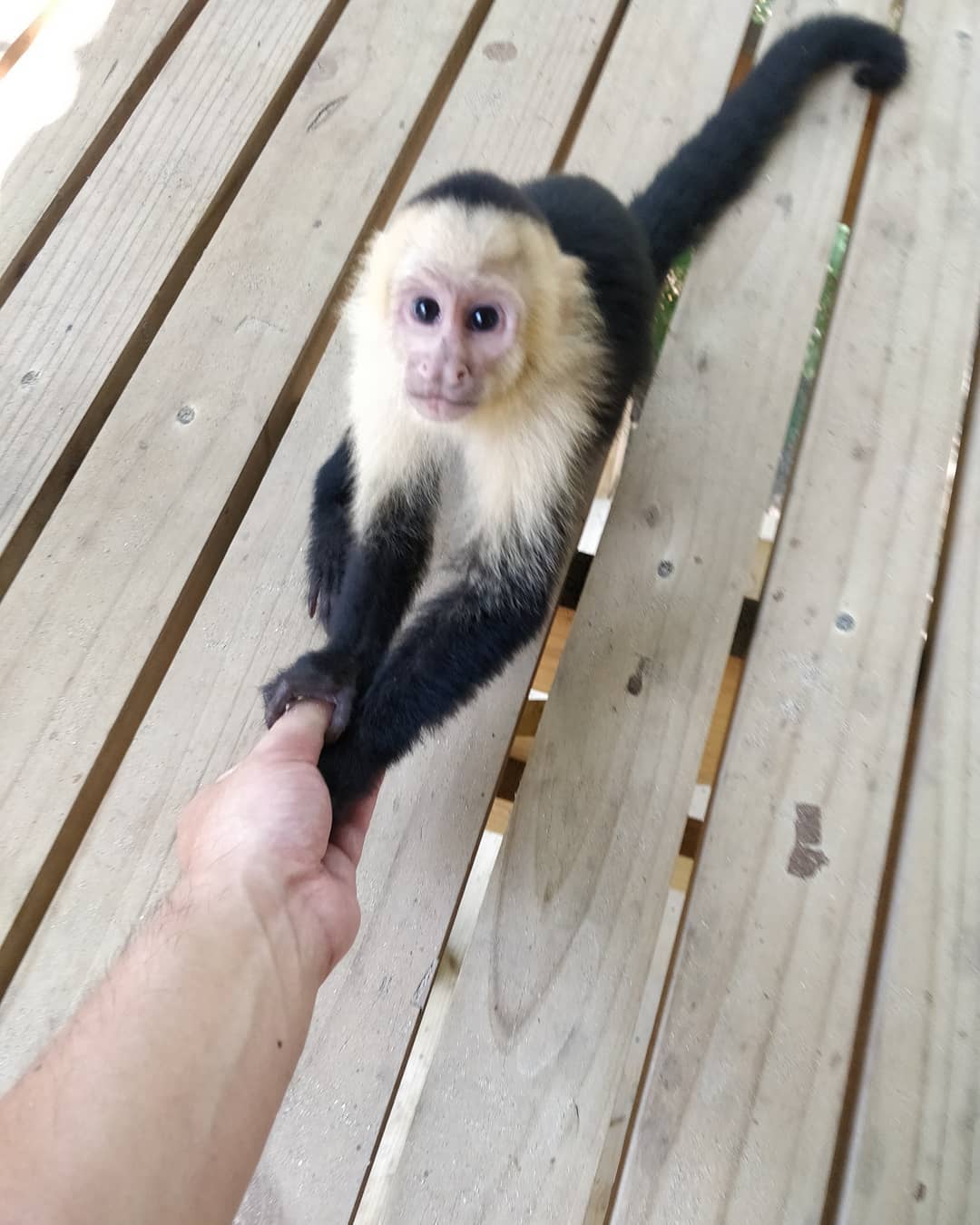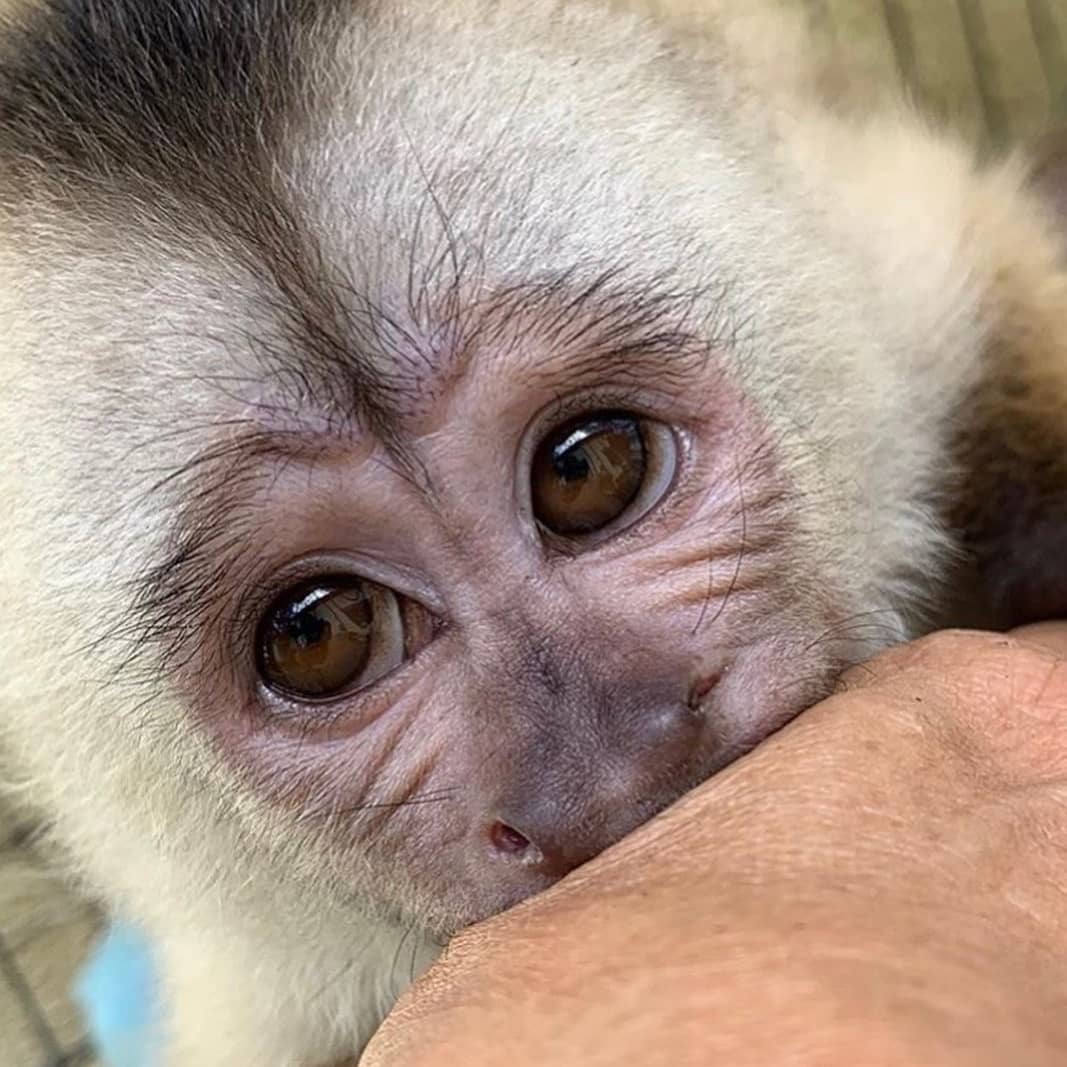White Faced Capuchin Monkeys
Gender: Males & Females Available
Delivery Options: Home Delivery / Airport Pickup
Our Capuchin monkey babies are potty, wearing diapers and will come with all paper work, CITES Permit, health certificates and starter kits including formula, baby blanket and toys, The health certificate 2 years warranty (Vet certificate), Veterinary Record certificate, The test of tuberculosis, Salmonella, Shigella, Campylobacter. We have babies as well as adult Capuchin Monkeys.
All our monkeys are Home raised, very sociable and like to play with people, kids and other home pets. Our monkeys are very healthy and vaccinated. Beautiful baby Capuchin monkeys that will make the best indoor and family pets, ready for good and caring homes.
$5,000.00 $4,300.00
Description
White Faced Capuchin Monkeys
White Faced Capuchin Monkeys, the Panamanian white-faced capuchin (Cebus imitator), also known as the Panamanian white-headed capuchin or Central American white-faced capuchin monkey, is a medium-sized New World monkey of the family Cebidae, subfamily Cebinae. Native to the forests of Central America, the white-faced Capuchin is important to rainforest ecology for its role in dispersing seeds and pollen.
Among the best known monkeys, the Panamanian white-faced Capuchin is recognized as the typical companion to the organ grinder. In recent years the species has become popular in North American media, particularly in the Pirates of the Caribbean film series. It is a highly intelligent monkey and has been trained to assist paraplegic persons. It is a medium-sized monkey, weighing up to 3.9 kg (8.6 lb). It is mostly black, but with a pink face and white on much of the front part of the body, giving it its common name. It has a distinctive prehensile tail that is often carried coiled up and is used to help support the monkey when it is feeding beneath a branch.
Panamanian White-faced Capuchin Monkey Behavior
Captivity: White-faced Capuchins are highly social and very playful, a study led by UCLA professor of anthropology Susan Perry reveals that older, sociable capuchins are prone to inventing more new types of social behaviors, many of which seem to function either as tests of friendship or displays against enemies. Other behaviors the researchers observed involved games, new ways to interact with infants and novel forms of sexual interaction.
A group of captive of white-faced capuchin monkeys (Cebus capucinus) was observed in the absence and in the presence of four different types of deep litter: woodchips, dried ground corncob, woodwool and garden peat. In addition to baseline and litter phases, food (grain) was scattered either on the bare floor or on the litter, which was spread across the floor of a large indoor room. Behaviour was affected in different ways by the litters. Woodwool and peat had the largest range of positive effects, including in use of the floor area and in manipulatory foraging activity. The ground corncob was associated with some negative effects and the monkeys avoided using this substrate. Positive behavioural changes were also recorded when grain was scattered on the bare floor or on litter. Apart from some increases in social contacts in the presence of the two most effective litters, social behaviour was relatively unaffected by the provision of litter.
Panamanian white-faced capuchin monkey diet
The Panamanian white-faced capuchin is a diurnal and arboreal animal. However, it does come down to the ground more often than many other New World monkeys. It moves primarily by walking on all four limbs. It lives in troops, or groups, of up to 40 monkeys (mean 16, range 4–40)and has a male/female adult sex ratio of 0.71 on average (range 0.54–0.88). With rare exceptions, females spend their entire lives with their female kin. Males migrate to new social groups multiple times during the course of their lifetimes, migrating for the first time between 20 months and 11 years of age. The median age of migration in the Santa Rosa population is 4.5 years. Males sometimes migrate alone, but more often they migrate in the company of other males who are often their kin. One of the unusual features of the kinship structure of the Panamanian white-faced capuchin, relative to other primate species, is the high degree of relatedness within groups that results from the long tenures of alpha males who sire most of the offspring.
panamanian white-faced capuchin facts, panamanian white-faced capuchin habitat, panamanian white-faced capuchin diet, panamanian white-faced capuchin price, white-headed capuchin facts, panamanian white-faced capuchin for sale, panamanian white faced capuchin adaptations, gracile capuchin monkey




Reviews
There are no reviews yet.